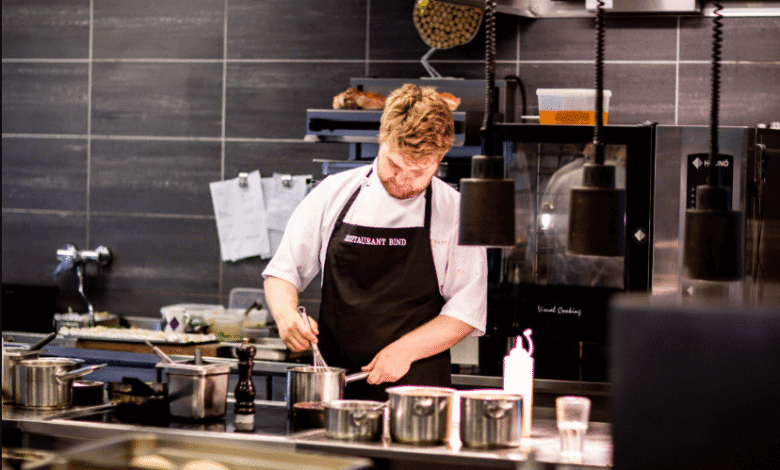Cloud Kitchen: The Future of Food Delivery in the Food & Beverage Industry

As the world moves faster and consumers demand greater convenience, the traditional restaurant model is undergoing a major shift. At the center of this transformation is the cloud kitchen—a revolutionary concept that is reshaping the way food is prepared, marketed, and delivered. For businesses in the food & beverage industry, cloud kitchens offer a flexible, cost-efficient way to meet growing consumer expectations while maximizing profitability.
What Is a Cloud Kitchen?
A cloud kitchen, also known as a ghost kitchen or virtual kitchen, is a professional food preparation facility that exists solely for fulfilling online delivery orders. Unlike traditional restaurants, cloud kitchens have no dine-in area, waitstaff, or customer-facing front. Instead, they rely entirely on third-party delivery platforms or their own apps to reach customers.
These kitchens can house one brand or multiple brands under one roof, offering various cuisines from a single location. This allows businesses to launch new food concepts with minimal investment, experiment with menus, and rapidly respond to market trends.
See also: You Didn’t Know You Had A Lifeline: How To Get Emergency Bridging Finance
Why Cloud Kitchens Are Booming
The global rise in online food delivery has been accelerated by the pandemic, changing consumer habits, and the widespread use of mobile apps. In densely populated urban centers, customers increasingly prefer ordering food to their doorstep rather than dining out.
This shift has created ideal conditions for cloud kitchens to thrive. Here’s why many entrepreneurs and restaurant owners are turning to this model:
- Lower overhead costs – No need for a prime location, décor, or dining staff.
- Faster setup – Launching a cloud kitchen takes significantly less time than opening a full-service restaurant.
- Greater scalability – Successful virtual brands can be replicated in multiple locations without major capital.
- Data-driven decision-making – Orders, customer feedback, and menu performance can be analyzed in real time.
How Cloud Kitchens Are Impacting the Food & Beverage Industry
The emergence of cloud kitchens is creating new opportunities—and new challenges—within the food and beverage landscape.
For one, smaller food businesses now have a chance to compete with larger chains. A solo chef or startup brand can use a cloud kitchen to test their concept, avoid high rent, and build a loyal customer base online.
Established restaurant groups are also using cloud kitchens to expand into new neighborhoods without the risk and cost of building full-service outlets. It allows them to offer delivery-only versions of their existing brands or even create entirely new ones aimed at niche markets like vegan, keto, or fusion cuisine.
In addition, delivery platforms such as Deliveroo, Uber Eats, and Foodpanda are partnering with cloud kitchen providers to streamline logistics and increase food delivery speed. This partnership benefits both the customer and the kitchen operator.
Challenges to Consider
While the cloud kitchen model is promising, it’s not without challenges. Competition in the online food delivery space is intense, and customer acquisition often depends on visibility within apps—something that may require advertising spend.
Moreover, with no physical interaction, building brand loyalty can be more difficult. This makes packaging, presentation, and customer service (such as delivery speed and order accuracy) critically important.
Another key consideration is quality control. Managing multiple brands from one facility means ensuring consistent food preparation, hygiene, and delivery standards across all operations.
What the Future Looks Like
The cloud kitchen model is expected to keep growing, particularly in tech-savvy cities and areas where real estate costs are high. Innovations like AI-based kitchen management, automated cooking equipment, and smart delivery logistics will continue to drive the evolution of this space.
As sustainability becomes a bigger focus, eco-friendly packaging and waste reduction practices are also likely to become standard in cloud kitchens.
Conclusion
The cloud kitchen is more than just a trend—it’s a response to how modern consumers want to eat: fast, fresh, and delivered. For food and beverage entrepreneurs, the model offers an exciting way to scale, test ideas, and serve customers efficiently without the traditional costs of restaurant ownership.
As demand for food delivery continues to rise, businesses that embrace the cloud kitchen model early will be well-positioned to lead in the next phase of the food service revolution.



